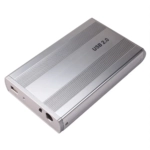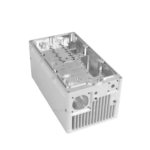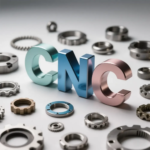It is estimated that everyone will have a machining center in their workshop. The precision of a machining center is very important, because the precision of the machining center affects the processing quality. Therefore, when it comes to the precision of the machining center, those who deal with the mechanics. The treatment also studied how to reduce method errors as much as possible. So how do you judge the precision of a machining center? Let’s talk about 4 aspects below.
1. Positioning the specimen in the vertical machining center:
The specimen shall be located midway across the Where there are special requirements regarding the positioning position of the specimen, these shall be specified in the agreement between the manufacturer and the user.
2. Specimen fixation:
The specimen must be easily mounted on a special support to obtain maximum stability of the tool and support. The mounting surfaces of the luminaire and the specimen must be straight.
The parallelism between the mounting surface of the specimen and the clamping surface of the luminaire shall be checked. Proper clamping methods must be used to allow the tool to penetrate and machine the full length of the center hole. It is recommended to use countersunk screws to secure the sample to avoid interference between the tool and the screws. Other equivalent methods can also be used. The total height of the sample depends on the chosen fixing method.
3. Test the material, tool and cut parameters:
The specimen material, cutting tools and cutting parameters are selected according to the agreement between the manufacturer and the user, and must be recorded. Recommended cutting parameters are:
1) Cutting speed: cast iron parts are about 50m/min; aluminum parts are about 300 m/min.
2) Feed quantity: approx. (0.05 ~ 0.10) mm/tooth.
3) Cutting depth: The radial cutting depth for all milling processes should be 0.2mm.
4. Dimensions of the specimen:
If the specimen is cut several times, the external dimensions are reduced and the diameter of the hole is increased. When used for acceptance inspection, it is recommended that the final size of the profile processing specimen be consistent with that specified in this standard, so that the size of the final specimen complies with that specified in this standard. to accurately reflect the cutting precision of the machining center. The specimen may be used repeatedly in cutting tests and its specifications shall be maintained within ± 10% of the characteristic dimensions given in this standard. When the sample is reused, a thin layer should be cut to clean all surfaces before performing a new thin cutting test.
It is estimated that everyone will encounter another problem when using the machining center. Why does machining center accuracy deteriorate with use? Have we purchased parallel imports?
The poor machining accuracy of parts in the machining center is generally caused by the feed dynamics between axes not being properly adjusted according to the error during installation and adjustment, or due to the wear of the machine tool, the transmission The chain of each axis of the machine tool has changed (such as screw clearance, pitch error changes, axial movement, etc.). This problem can be resolved by readjusting and changing the gap compensation amount.
When the dynamic tracking error is too large and an alarm occurs, you can check: whether the servo motor speed is too high; whether the position detection component is in good condition; whether the position feedback cable connector is in good contact; The analog output latch and gain potentiometer are in good condition; whether the corresponding servo control device is normal.
If the machining accuracy is poor due to overshoot during machine tool movement, the acceleration and deceleration time may be too short and the speed change time may be extended appropriately. The connection between the servomotor and the motor may also be affected. The screw is loose or the rigidity is too bad, and the position can be reduced appropriately. Ring gain may be due to out-of-tolerance roundness when the two axes are linked. This deformation can be caused by the machine. be adjusted correctly. Poor shaft positioning accuracy or improper lead screw clearance compensation will result in roundness errors when crossing quadrants.
It turns out that there is a huge amount of knowledge about machine tool accuracy.
But there is another saying among the people: high accuracy is guaranteed by the people. The machine tools with the highest machining precision in the world are said to be calibrated by people. In Japan, there are dedicated craftsmen who calibrate the machining accuracy of machine tools. These people are invaluable treasures in every machine tool manufacturer. According to this statement, it is possible for us to use parts with relatively low precision to assemble machine tools with astonishing processing precision.
Daguang focuses on providing solutions such as precision CNC machining services (3-axis, 4-axis, 5-axis machining), CNC milling, 3D printing and rapid prototyping services.









